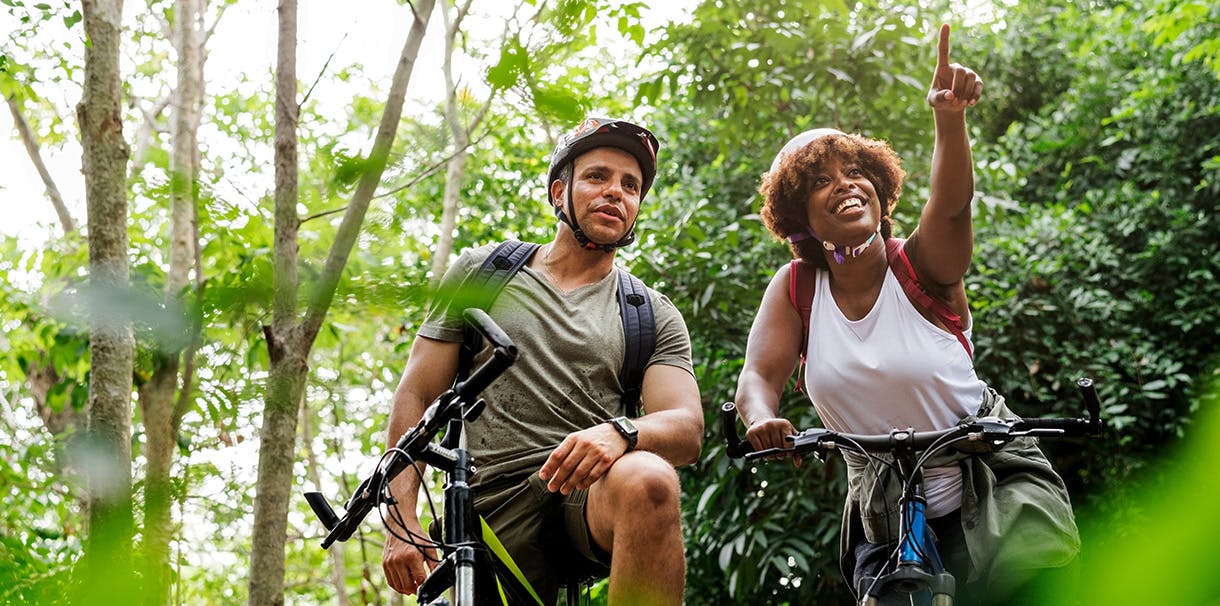We share this planet with millions of other species, but sometimes it feels like we forget that we’re just one part of a much larger system.
As cities grow and industries expand, considerations for nature often get pushed aside. Today, climate change, deforestation, pollution, and extinction remind us that nature is not something that can be forgotten, it’s all around us, and we depend on it every day. Living in harmony with nature and pursuing sustainable development means rethinking how we live, build, and grow.
Sustainable development is often defined as meeting our needs without compromising the ability of future generations to meet theirs. While this definition does not directly mention the natural world, it clearly implies that environment is inherent to our wellbeing. In other words, if we overconsume the world’s resources and leave nothing for future generations, we are limiting their ability to meet their needs. For some, it may seem impossible to prioritize both human and environmental wellbeing. That is why learning to live in harmony with nature is so important.
For example, prioritizing forests and gardens in urban spaces not only supports biodiversity but also gives us cleaner air to breathe. Many environmental initiatives also create jobs and support local economies as well.
To live in harmony with the natural world, we need to change our understanding of what nature is. We also need to prioritize developments, projects, and actions that support both people and the planet.
Changing the Way We See Nature
In many cultures, especially in the West, people have long believed that humans are separate from nature, or even above it. This belief led to using land and resources mainly for profit, often without thinking of long-term impacts.
But many other cultures see nature as something we are part of. It is not something to own or control. In these worldviews, plants, animals, water, and land are all seen as sentient beings that have value and deserve respect. Learning from these perspectives can help us reconnect with the natural world and see ourselves as caretakers rather than consumers.
We must also recognize that nature is all around us. Even in dense city centres, there are bees, birds, grass, and flower beds. These everyday examples remind us of nature’s importance and presence in our lives. Changing our mindset may not be easy, but it’s one of the first steps toward meaningful sustainable development. A shift in perspective might seem small or unimportant, but it can influence how we act and may even inspire change in others.

Can Development and Nature Co-Exist?
You might wonder if it is possible to keep developing our world without damaging nature. The answer is yes. Doing so requires planning, innovation, and strong collaboration. Some cities are already making this happen by building more green spaces, switching to solar power, improving public transit, reducing waste, and creating systems that support sustainable living. Sustainable development does not mean we stop progressing. It means redefining what progress looks like.
Instead of measuring success only by economic growth, we can also look at how healthy our communities are, how clean our air and water is, and how well we care for the ecosystems around us. Nature cannot be replaced; a healthy environment is priceless. Money means little if the planet can no longer support life.
Businesses also have a big role to play. Many companies respond to consumer demand for sustainable practices. They are reducing packaging, using recycled materials, and finding ways to lower carbon emissions. These changes not only help the planet, but they also save money and attract customers who care about the environment.
In rural areas, people are finding creative ways to support their families through eco-tourism, organic farming, and forest stewardship. These are all examples of how nature and development can grow together when we commit to thoughtful solutions.
A Future in Balance
Living in harmony with nature is not about going backward. It’s about moving forward with care and intention. This means designing cities where people and wildlife can both thrive. It also means building a shared understanding of how important it is to protect natural ecosystems.
We can learn from the past while building a future that works for everyone. It helps to remember that nature does not depend on us to survive, but we absolutely need it.
Every small action, whether it’s planting a garden, riding a bike, supporting local food, or speaking up for clean air, helps shift our world toward a better balance. These actions also send a clear message to big corporations that change is both needed and expected.




